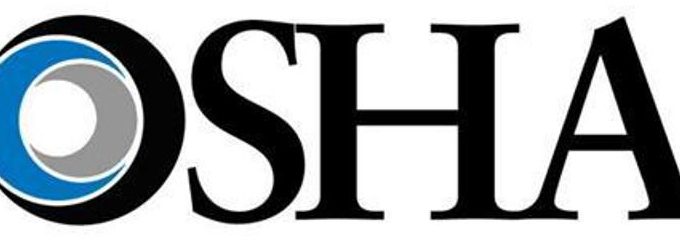The US Occupational Safety and Health Administration (OSHA) has specific requirements for sharps containers in…
Handling Extracted Teeth – Dental Infection Control
This is a question we receive a lot. Ideally, an extracted tooth should be given back to the patient after the tooth has been cleaned, wiped down with a disinfectant, and rinsed with water. If the patient doesn’t want it, or it is going to be donated for education or research, then certain requirements should be followed.
OSHA does not prohibit giving patients their teeth back. OSHA considers extracted teeth to be potentially infectious material, and a potential hazard to employees who come in contact with them. Employees must follow standard precautions when handling the extracted teeth.
Disposing of Extracted Teeth
If not given back to the patient, it must be disposed as medical waste, either in the sharps container or as red-bag waste. Extracted teeth with amalgam should NEVER be disposed as medical waste because the high temperatures used to treat the medical waste can release mercury vapor into the environment. If the tooth contains amalgam, then it is considered universal waste (California) or hazardous waste, and must be either recycled or disposed as hazardous waste.
Extracted Teeth for Educational Settings
OSHA allows teeth to be donated to educational settings. Refer to the following link to an interpretive letter by OSHA dated 11/24/93. Students must handle the teeth following universal precautions and must dispose of them properly as medical waste.
Additionally, the CDC’s Guidelines for Infection Control in Dental Health-Care Settings – 2003, has specific recommendations for handling extracted teeth for use in educational settings. The guidelines were developed with OSHA’s input and are considered the accepted practice for educational settings.
Since 1992, OSHA Review, Inc. has provided dental professionals with comprehensive programs to support regulatory compliance and infection control. We are a registered continuing education provider in the state of California, specializing in Dental Practice Act, infection control, and OSHA training.


